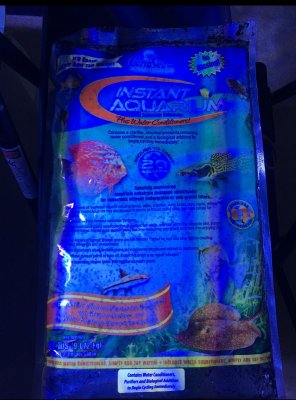For my own enjoymentMix up some new salt water. Put a new ceramic tile in a bucket with the water and close the lid. Let it sit a few weeks then send off a sample. If it has the same results as your tank you'll know.
Here is the result if your interested


















